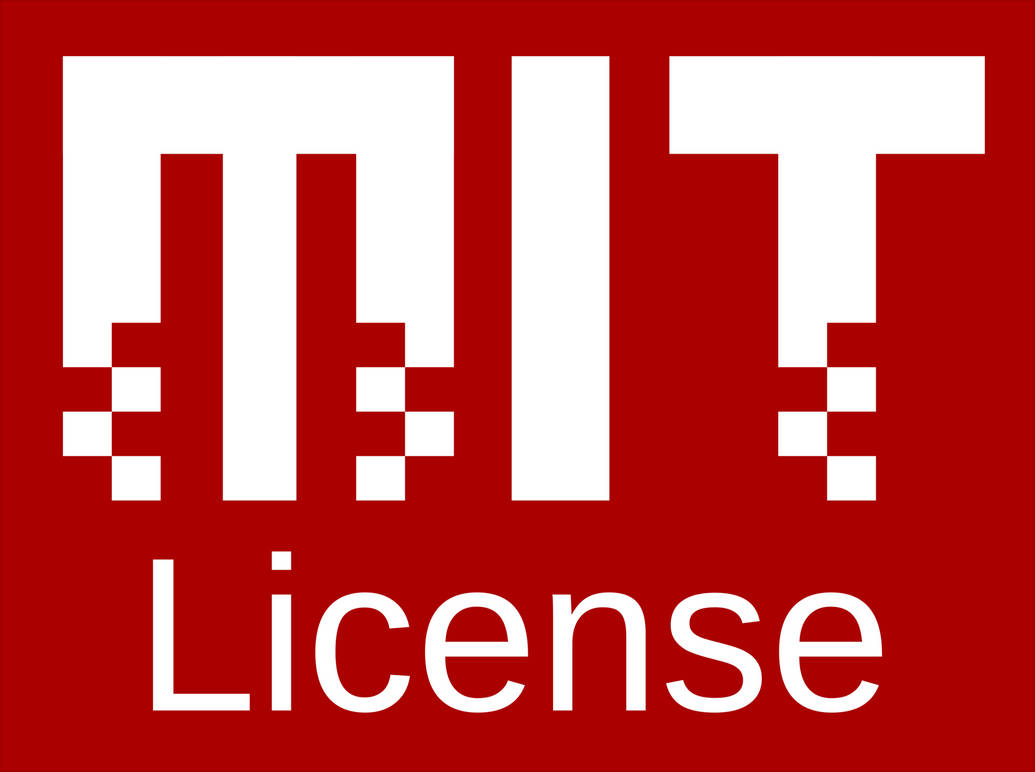3D Multiplayer Demo with Phoenix Channels + Three.JS
3d.demo.mp4
The goal of this project is to leverage Phoenix's ability to build highly concurrent realtime applications to create a scalable 3D multiplayer game that doesn't need much server hardware to run.
Each player's web browser connects to a Phoenix channel via a websocket that will broadcast updates about the other players as they occur in realtime. Each player's browser renders those updates with Three.JS. Updates are processed every frame, resulting in a very low latency experience.
sequenceDiagram
actor You
You->>/gallery: Hit endpoint
/gallery-)Browser: Initialize Three.JS Scene
Browser-)Gallery Channel: Join channel
activate Gallery Channel
Gallery Channel->>Gallery Channel: Create Player
Gallery Channel->>PlayerCache: Cache player
activate PlayerCache
PlayerCache-->>Gallery Channel: Retrieve all cached players
deactivate PlayerCache
Gallery Channel--)Browser: Send cached player data
deactivate Gallery Channel
Browser->>Browser: Register players, prepare canvas, start rendering
Browser-)Gallery Channel: Ready up
activate Gallery Channel
Gallery Channel--)Browser: Broadcasts your player to everyone else
deactivate Gallery Channel
Note over /gallery,PlayerCache: Keydown Events
Browser->>Browser: Handle keydown events
Browser-)Gallery Channel: Update player
activate Gallery Channel
Gallery Channel->>PlayerCache: Update player
Gallery Channel--)Browser: Broadcasts your player updates to everyone else
deactivate Gallery Channel
Note over /gallery,PlayerCache: Disconnect
Browser-)Gallery Channel: Disconnect
activate Gallery Channel
Gallery Channel->>PlayerCache: Delete from cache
Gallery Channel--)Browser: Broadcasts disconnect
deactivate Gallery Channel
These instructions will get you a copy of the project up and running on your local machine for development and testing purposes.
This project uses ASDF to manage Erlang, Elixir, and Node versions
Postgres isn't being used (yet) so feel free to skip those steps.
- Add and install plugins with ASDF
asdf plugin add erlang https://github.com/asdf-vm/asdf-erlang.git
asdf plugin add elixir https://github.com/asdf-vm/asdf-elixir.git
asdf plugin add nodejs https://github.com/asdf-vm/asdf-nodejs.git
asdf install
- Install postgres
brew install postgresql@15
brew services restart postgresql@15
- Install psql
brew install libpq
echo 'export PATH="/opt/homebrew/opt/libpq/bin:$PATH"' >> ~/.zshrc
- Setup postgres user
$ psql postgres
postgres=# CREATE USER postgres SUPERUSER;
# DB might already exist, if so, you're good
postgres=# CREATE DATABASE postgres WITH OWNER postgres;
To start your Phoenix server:
- Run
mix setupto install and setup dependencies - Start Phoenix endpoint with
mix phx.serveror inside IEx withiex -S mix phx.server
Now you can visit localhost:4000/gallery from your browser.
- Official website: https://www.phoenixframework.org/
- Guides: https://hexdocs.pm/phoenix/overview.html
- Docs: https://hexdocs.pm/phoenix
- Forum: https://elixirforum.com/c/phoenix-forum
- Source: https://github.com/phoenixframework/phoenix
This project is licensed under the MIT License - see the LICENSE file for details

